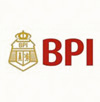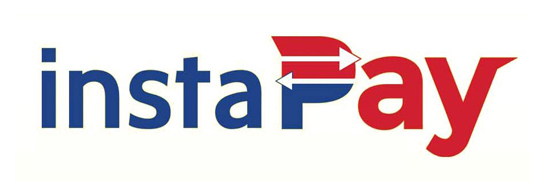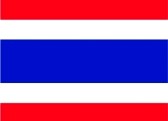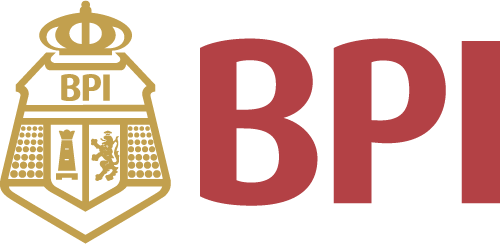All Categories
The Essential Wine Book: A Modern Guide to the Changing World of Wine
Share Tweet
*Price and Stocks may change without prior notice
*Packaging of actual item may differ from photo shown
- Electrical items MAY be 110 volts.
- 7 Day Return Policy
- All products are genuine and original








About The Essential Wine Book: A Modern Guide To The
Product Description A field guide to the new world of wine, featuring an overview of today’s most exciting regions and easy-to-use advice on properly tasting wine, discovering under-the-radar gems, and finding the perfect bottle for any occasion.Highlighting wines from old world regions such as France, Italy, Spain, and Germany to new world wines from the United States, Australia, New Zealand, Chile, and more, The Essential Wine Book tells you what to drink and why. Beginning with foundational information about how wine is made, how to taste it, and how to understand terroir, wine expert and journalist Zachary Sussman then gives an overview of the most important and interesting wine regions today—both established and still emerging.For instance, the great French wines of Burgundy and Champagne are already well known, but for affordable bottles you can easily find at your local wine shop, Sussman profiles up-and-coming producers in other regions, including the Jura, Languedoc-Roussillon, and more. In a similar vein, California's Napa Valley has for decades been the source of America's most prestigious wines, but here you'll learn about other areas of the state that are gaining recognition, from Lodi to the Santa Rita Hills. You'll find user-friendly "just the highlights" notes for each region, as well as recommendations for producers and particular bottles to seek out. Diving deep into what makes each region essential and unique, this comprehensive guides gives new wine drinkers and enthusiasts alike an inside track on modern wine culture. About the Author Zachary Sussman is a Brooklyn-based wine writer whose work has appeared in Saveur, Wine & Spirits, The World of Fine Wine, Food & Wine, and The Wall Street Journal Magazine, among many others. He is a regular contributor to PUNCH and was formerly named the Champagne Louis Roederer Emerging Wine Writer of the Year.PUNCH is a James Beard Award–winning media brand dedicated to drinks and drinking culture. Excerpt. © Reprinted by permission. All rights reserved. IntroductionWhat Does "Essential" Mean Today? If you were to walk into the average upscale restaurant even just a couple of decades ago and order a bottle of wine, the available options would have likely conformed to a predictable set of references: namely, the usual roster of French classics (Burgundy, Champagne, Bordeaux) and, if you were lucky, perhaps a selection of Italy’s greatest hits (Brunello, Barolo) and blue-chip offerings from California. Enter that same restaurant today and you’re sure to be bombarded by an astonishingly diverse range of bottles from across the globe, from Sicily and Croatia to Australia, the Canary Islands, the Republic of Georgia, and beyond. Never have we witnessed such an eclectic assortment of styles—Fizzy red Lambrusco? Skin-fermented orange wine? Nutty, oxidative whites aged for years under an active veil of yeast?—or such a dizzying spectrum of grapes. The cabernets and merlots our parents sipped have given way to a new influx of eclectic varieties: savagnin, assyrtiko, nerello mascalese, hárslevelu—the list goes on. It is both a blessing and a curse to be alive and of legal drinking age at this moment of unrivaled variety. If the “world of wine” once encompassed a narrowly defined set of borders with fixed pedigrees and hierarchies of taste, the collapse of that old system has given way to a contemporary era of endless possibilities—and, potentially, of endless confusion. Not only is there more diversity in the marketplace than ever before—disrupting the conventional wisdom about where great wine is supposed to come from—but the way we value wine has transformed as well. Rather than care about ratings or scores, the latest generation of drinkers is deeply concerned with authenticity, wanting to be clued into wine’s cultural and historical significance: who made it, where it comes from, what it has to say.In the face of such rapid change, even the most dedicat



























